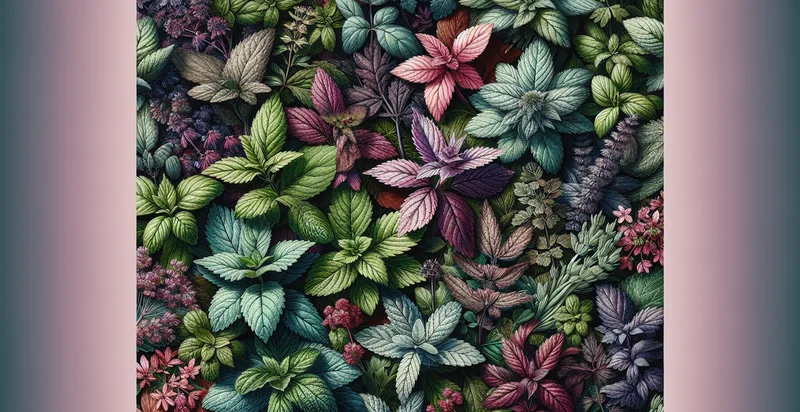Identify herb species
using AI
Below is a free classifier to identify herb species. Just upload your image, and our AI will predict what species of herb it is - in just seconds.

Contact us for API access
Or, use Nyckel to build highly-accurate custom classifiers in just minutes. No PhD required.
Get started
import nyckel
credentials = nyckel.Credentials("YOUR_CLIENT_ID", "YOUR_CLIENT_SECRET")
nyckel.invoke("herb-species", "your_image_url", credentials)
fetch('https://www.nyckel.com/v1/functions/herb-species/invoke', {
method: 'POST',
headers: {
'Authorization': 'Bearer ' + 'YOUR_BEARER_TOKEN',
'Content-Type': 'application/json',
},
body: JSON.stringify(
{"data": "your_image_url"}
)
})
.then(response => response.json())
.then(data => console.log(data));
curl -X POST \
-H "Content-Type: application/json" \
-H "Authorization: Bearer YOUR_BEARER_TOKEN" \
-d '{"data": "your_image_url"}' \
https://www.nyckel.com/v1/functions/herb-species/invoke
How this classifier works
To start, upload your image. Our AI tool will then predict what species of herb it is.
This pretrained image model uses a Nyckel-created dataset and has 31 labels, including Arnica, Basil, Bay Leaf, Borage, Catnip, Chervil, Chives, Cilantro, Comfrey and Dill.
We'll also show a confidence score (the higher the number, the more confident the AI model is around what species of herb it is).
Whether you're just curious or building herb species detection into your application, we hope our classifier proves helpful.
Related Classifiers
Need to identify herb species at scale?
Get API or Zapier access to this classifier for free. It's perfect for:
- Agricultural Monitoring: Farmers can utilize the herb species identifier to identify and monitor herb growth in their fields. By accurately classifying herb species, they can manage weeds more effectively, apply targeted herbicide treatments, and improve crop yield.
- Ecological Research: Researchers studying biodiversity can employ this function to catalog various herb species in different ecosystems. This aids in understanding plant interactions, ecosystem health, and can assist in conservation planning.
- Pharmaceutical Development: Biopharmaceutical companies can use the herb species identifier to find and classify medicinal herbs with potential therapeutic properties. This can accelerate the discovery and development of new herbal medicines and treatments.
- Culinary Applications: Chefs and culinary enthusiasts can leverage the identifier to recognize and select appropriate herb species for their dishes. This enhances food preparation by ensuring the use of correct and high-quality herbs, thus improving flavor profiles.
- Horticulture and Landscaping: Landscape architects can use the herb species identifier to select native and non-invasive herb species for landscaping projects. This ensures ecological compatibility and fosters sustainability in urban green spaces.
- Herbal Education and Training: Educational institutions can integrate this function into their biology or herbalism courses to help students learn about plant classification and identification. This promotes hands-on learning and practical knowledge in botany and herbal sciences.
- Consumer Products: Companies developing essential oils or herbal products can harness the herb species identifier to guarantee the authenticity of the species used in their formulations. This ensures product quality and compliance with industry standards, enhancing consumer trust.


